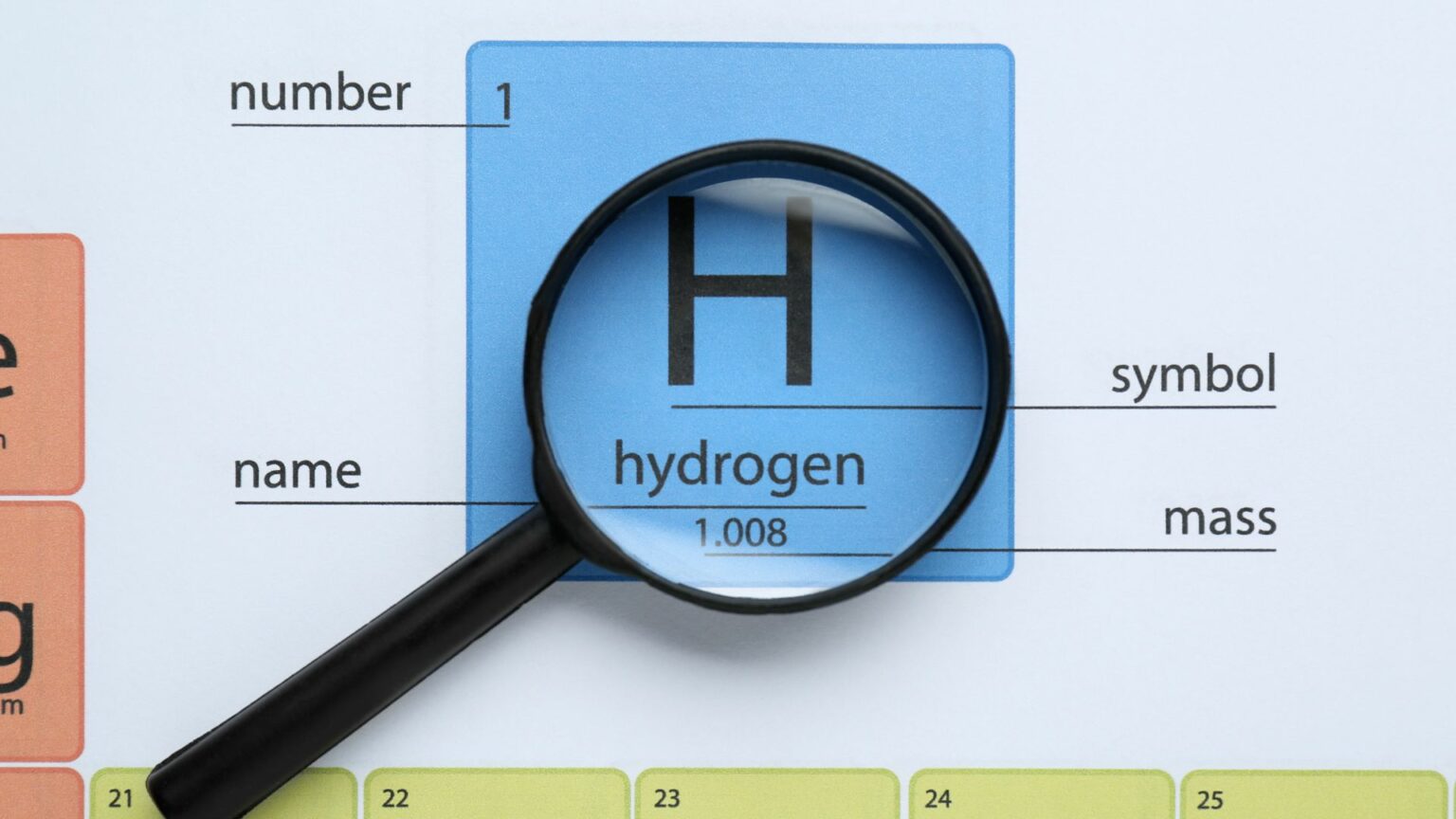The governments of Brazil and Germany are exploring the creation of a green hydrogen hub in Cubatão (SP), a city once deemed the world’s most polluted by the United Nations. This hub aims to foster joint actions among local industries to produce green supplies powered by renewable energy sources.
Historical Pollution Context
During the 1980s, Cubatão’s industries released approximately a thousand tons of pollutants into the atmosphere daily. Historian Welington Ribeiro Borges noted that this substantial pollution earned the city’s title of ‘Death Valley’ and the infamous recognition as the most polluted city globally by the UN. Environmental degradation affected water, soil, and air, coupled with the lack of environmental regulations at the time, resulting in numerous deaths from respiratory diseases and anencephaly. In this condition, the brain and skull fail to develop. The situation began to change after a fire in 1984 claimed 93 lives in Vila Socó.
Environmental Recovery Symbol
One key initiative to maintain Cubatão as an emblem of environmental recovery is the H2Brasil project, a collaboration between the German Society for International Cooperation (GIZ) and Brazil’s Ministry of Mines and Energy. Before the “Green Hydrogen and Power-to-X Hub” project moves forward, a feasibility study has been underway since June. Innovation consultant Pieracciani is assessing the hub’s idealization, operation, and financing methods.
Sustainable Industry Competitiveness
Valter Pieracciani, CEO of the consulting firm, explained that beyond hydrogen production, other sustainable inputs like green steel and fertilizers are being considered, enhancing local industries’ competitiveness. The goal is to reinvent Cubatão’s Industrial Park, making the city a standout in exports while contributing to environmental preservation. If feasible, existing industry laboratories and innovation centers could be utilized.
Renewable Raw Materials
Environmental engineer Antônio Mazza detailed that green hydrogen production could involve renewable raw materials such as water, biomass, and biofuels. The process includes breaking down water molecules to generate hydrogen. Currently, hydrogen is used in ammonia production, synthetic fuels, construction, and transportation. Still, the cost and energy matrix of wind, hydroelectric, and solar energy make hydrogen research a promising future solution.
Reducing Greenhouse Gas Emissions
Mazza emphasized hydrogen’s potential to reduce greenhouse gas emissions but acknowledged that transitioning energy sources might be challenging due to the paradigm shift required. Increasing hydrogen production could decrease fossil fuel dependency and create a more sustainable economy. Brazil’s relatively balanced energy distribution could further aid greenhouse gas reduction by integrating hydrogen into its energy matrix.





